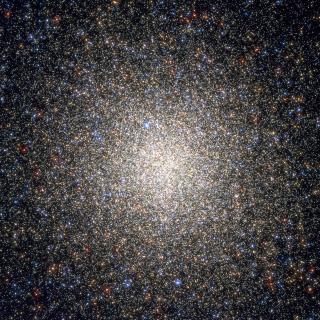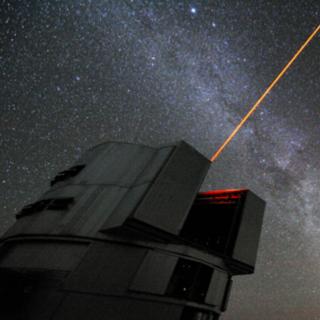Bibcode
Bennet, Paul; Patel, Ekta; Sohn, Sangmo Tony; del Pino Molina, Andrés; van der Marel, Roeland P.; Libralato, Mattia; Watkins, Laura L.; Aparicio, Antonio; Besla, Gurtina; Gallart, Carme; Fardal, Mark A.; Monelli, Matteo; Sacchi, Elena; Tollerud, Erik; Weisz, Daniel R.
Referencia bibliográfica
The Astrophysical Journal
Fecha de publicación:
8
2024
Revista
Número de citas
27
Número de citas referidas
20
Descripción
We have determined the proper motions (PMs) of 12 dwarf galaxies in the Local Group (LG), ranging from the outer Milky Way (MW) halo to the edge of the LG. We used the Hubble Space Telescope (HST) as the first and Gaia as the second epoch using the GaiaHub software. For Leo A and Sag DIG, we also used multi-epoch HST measurements relative to background galaxies. Orbital histories derived using these PMs show that two-thirds of the galaxies in our sample are on first infall with >90% certainty. The observed star formation histories of these first-infall dwarfs are generally consistent with infalling dwarfs in simulations. The remaining four galaxies have crossed the virial radius of either the MW or M31. When we compare their star formation (SF) and orbital histories we find tentative agreement between the inferred pattern of SF with the timing of dynamical events in the orbital histories. For Leo I, SF activity rises as the dwarf crosses the MW's virial radius, culminating in a burst of SF shortly before pericenter (≈1.7 Gyr ago). The SF then declines after pericenter, but with some smaller bursts before its recent quenching (≈0.3 Gyr ago). This shows that even small dwarfs like Leo I can hold onto gas reservoirs and avoid quenching for several gigayears after falling into their host, which is longer than generally found in simulations. Leo II, NGC 6822, and IC 10 are also qualitatively consistent with this SF pattern in relation to their orbit, but more tentatively due to larger uncertainties.
Proyectos relacionados

Vía Láctea y galaxias cercanas
El objetivo general del Proyecto es el estudio de la estructura, historia evolutiva y proceso de formación de galaxias a través de sus poblaciones estelares resueltas, tanto a partir de fotometría como espectroscopia. El proyecto puede dividirse en cuatro líneas principales: I. Historia de formación estelar en el Grupo Local. El objetivo de esta
Martín
López Corredoira

Evolución Galáctica en el Grupo Local
La formación y evolución de galaxias es un problema fundamental en Astrofísica. Su estudio requiere “viajar atrás en el tiempo”, para lo cual hay dos enfoques complementarios. El mas extendido consiste en analizar las propiedades de las galaxias a diferentes distancias cosmológicas. Nuestro equipo se concentra en el otro enfoque, denominado
Emma
Fernández Alvar